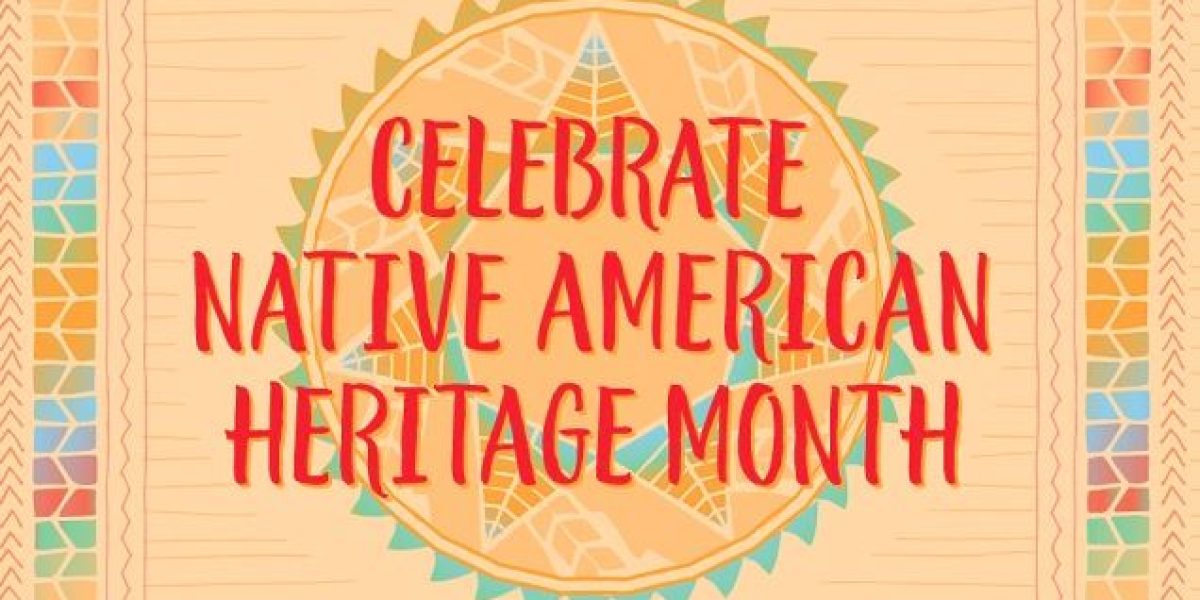A Guide to Cultural Enrichment
November is not only a month for falling leaves and turkey feasts but also a time to celebrate and honor the rich and diverse cultures of Native Americans. Native American Heritage Month is an opportunity for high schools to foster cultural awareness, appreciation, and education. By incorporating indigenous traditions and history into the school curriculum and extracurricular activities, students can develop a deeper understanding and respect for Native American heritage. In this article, we’ll explore various ways high schools can celebrate Native American Heritage Month.
1. Organize Educational Workshops
Education is a vital component of Native American Heritage Month. High schools can invite indigenous speakers, scholars, or artists to conduct workshops or lectures. These events can cover topics such as tribal history, customs, art, and the ongoing challenges Native communities face. These workshops provide students with an opportunity to engage in meaningful discussions and expand their knowledge.
2. Explore Native American Literature
Incorporate Native American literature into the curriculum. Encourage students to read works by Native authors like Louise Erdrich, Sherman Alexie, or Leslie Marmon Silko. This not only enriches the students’ reading experiences but also offers insights into Native American perspectives, values, and experiences.
3. Art and Craft Workshops
Celebrate the artistic heritage of Native Americans by organizing art and craft workshops. Students can learn traditional skills such as beadwork, pottery, or dream catcher making. These hands-on activities provide a tangible connection to Native American culture.
4. Film Screenings
Screen documentaries, films, or even animations that depict Native American history, culture, and contemporary life. Discuss the content in the classroom to encourage critical thinking and empathy. Movies like “Smoke Signals” and “Bury My Heart at Wounded Knee” are excellent choices.
5. Cultural Performances
Invite local Native American groups to perform traditional dances, songs, and storytelling. This is a fantastic opportunity for students to experience the vibrant and diverse cultures of indigenous people firsthand.
6. Museum Visits
Organize field trips to local museums and cultural centers that showcase Native American history and artifacts. Students can gain a deeper understanding of the historical significance and artistic achievements of Native communities.
7. Collaborate with Native American Organizations
Reach out to Native American organizations or tribal communities in your area. They can provide guidance, resources, and even guest speakers for your school’s events. Collaborations can also lead to long-term relationships and ongoing educational opportunities.
8. Incorporate Native American History
Integrate Native American history into the school’s curriculum. Ensure that students learn about the history of Native American tribes, their contributions to the United States, as well as the injustices they have endured. By understanding their past, students can better appreciate their cultural heritage.
9. Create a Native American Awareness Club
Establish a student club dedicated to promoting Native American awareness. This club can organize events, fundraisers, and educational initiatives throughout the year. It can also serve as a platform for students to learn more about indigenous cultures and history.
10. Encourage Respect and Sensitivity
Promote respectful language and behavior among students. Educate them about cultural appropriation and the importance of being sensitive to the customs and beliefs of Native American communities. Encourage open dialogues about these issues to foster a more inclusive and respectful school environment.
Conclusion
Celebrating Native American Heritage Month in high schools is not just an opportunity to acknowledge the past but to build bridges between different cultures. By incorporating education, art, and cultural events into the school calendar, high schools can encourage students to appreciate and respect the rich traditions of Native Americans. Through these efforts, schools can contribute to a more inclusive and culturally diverse society, where the voices of Native Americans are heard and their heritage is celebrated year-round.



